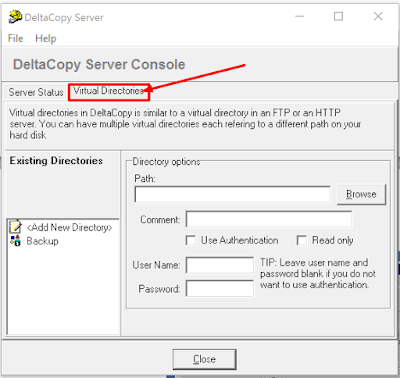How to Install ClamAV and Configure Daily Scanning on CentOS
How to Install
ClamAV and Configure Daily Scanning on CentOS
This article will guide you through the installation of
ClamAV on CentOS. Once installed, we will also configure a daily scan on our
CentOS server.
Install ClamAV
1. Install EPEL
repo
Before we can do proceed, you must ensure that you have
the EPEL yum repository enabled.
# rpm
2. Install
required ClamAV packages
# yum install
clamav clamd
3. Start the clamd
# /etc/init . clamd
# chkconfig
clamd on
4. Update ClamAV’s signatures
# /usr/bin/freshclam
Note: ClamAV will update automatically, as part of
/etc/cron . freshclam
Configure Daily
Scan
In this example, we will configure a cronjob to scan the
/home/ directory every day:
Create cron file:
# vim /etc/cron . daily/manual_clamscan
Add the following to the file above. You can change
SCAN_DIR to the directory that you want to scan:
#! /bin/bash
SCAN_DIR="/home"
LOG_FILE="/var/log/clamav/manual_clamscan.log"
/usr /bin/clamscan
-i -r $SCAN_DIR >> $LOG_FILE
Give executable
permissions to the script:
# chmod +x
/etc /cron . daily/manual_clamscan
Please comments and Share also suggestions are always
welcome.
Keywords: ClamAV, Linux Antivirus, Linux AV, Linux ClamAV,
CentOS AV.


Comments
Post a Comment